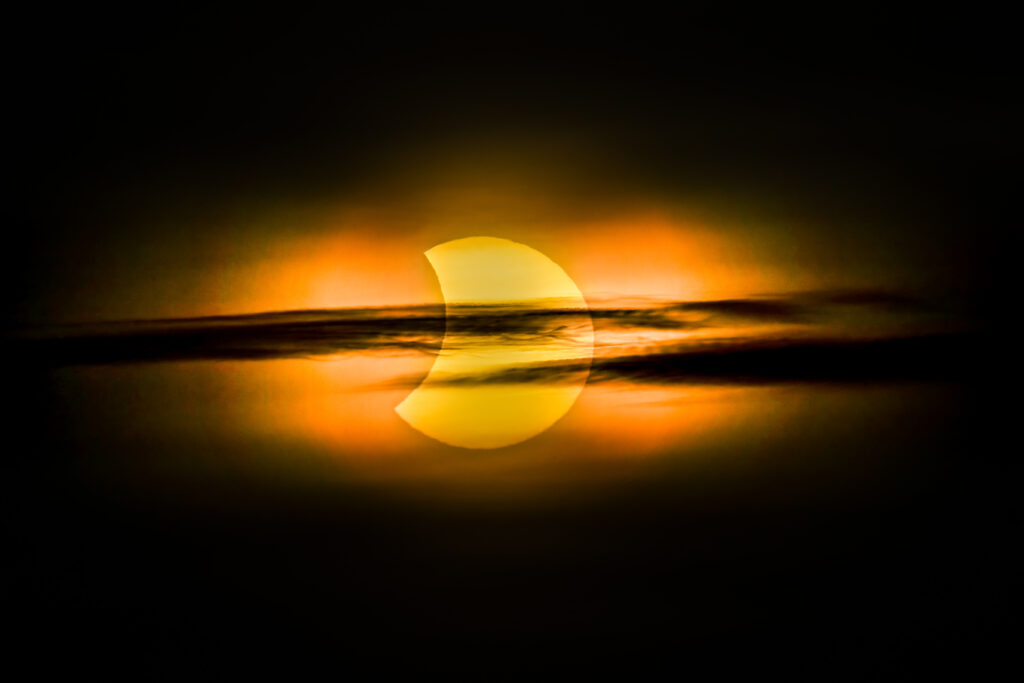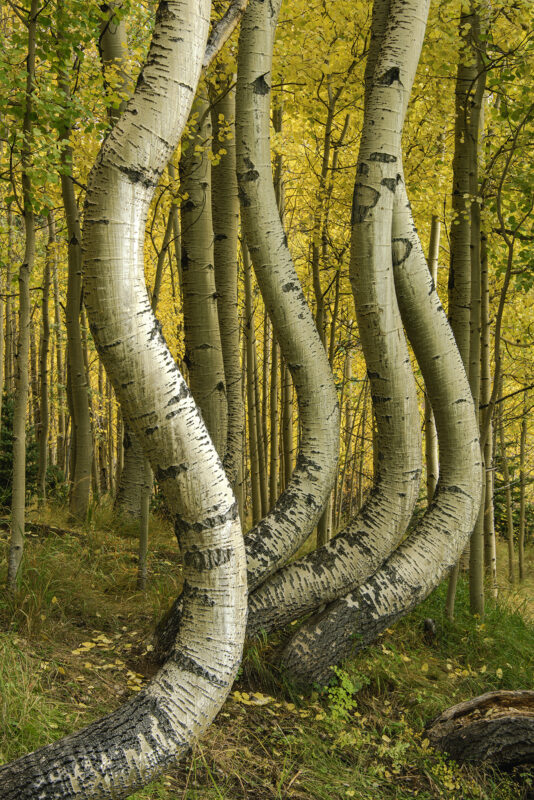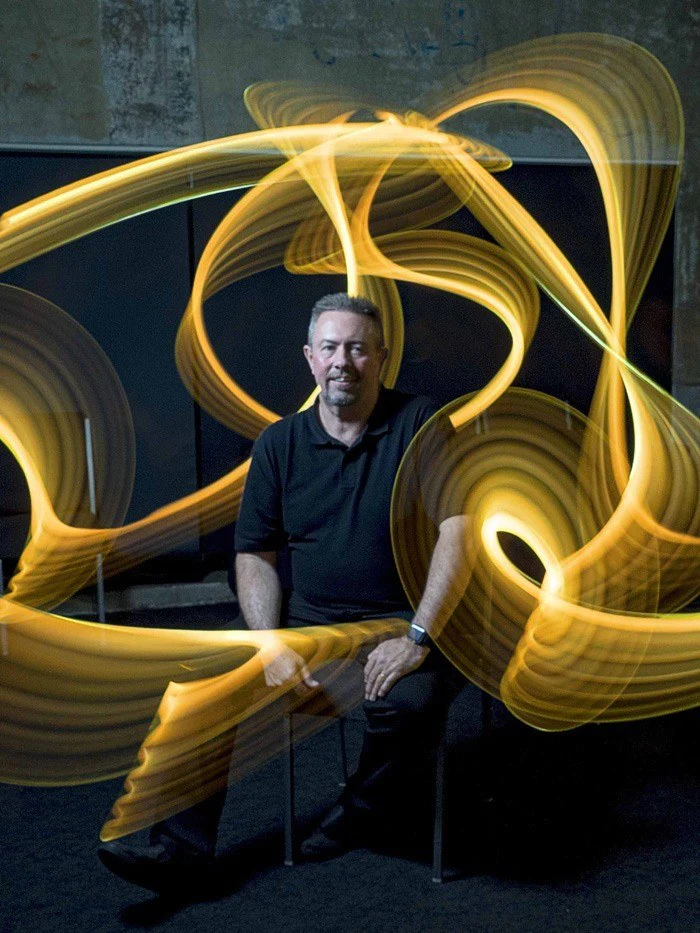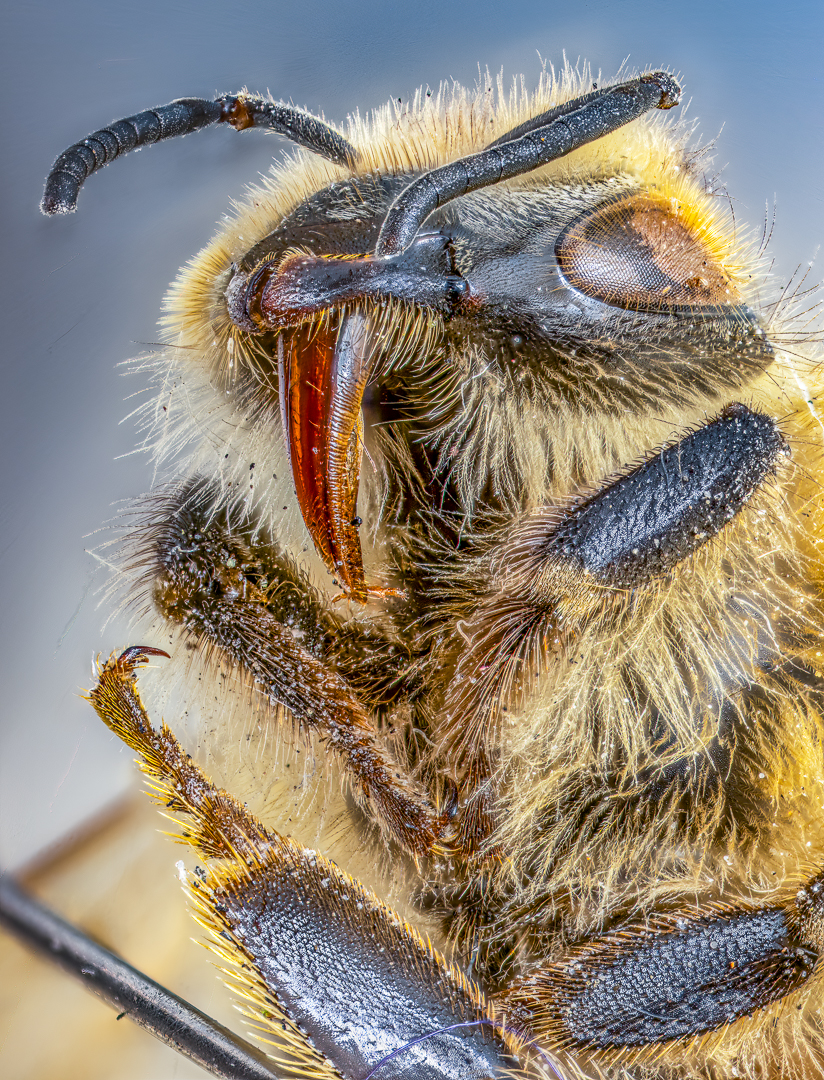We rarely think about creativity as a concept, therefore it's hard for us to follow a recipe or two. The testimony that follows, comes from a person whose life met the visual craft in 2009 and found himself complete while enduring his scientific journey a couple of years ago.
This close relationship with academia got me even closer to the craft of teaching. Back in 2018, I had my first teaching experience in a graphic design faculty from my first Alma matter; which by the way had nothing to do with photography. Eventually, that turn in the path made me a scientist who acknowledges the study of cultural meaning. And words are just the sometimes-clumsy wrapper in which concepts reside.
One of the most fascinating things teaching has given me is the opportunity to discuss things. And if you recognise the humble conception of knowledge, this exercise just feels a lot like working in a lab. These discussions are normally gathered around the concept of identity and creativity; more poetically, the inner voice.
So, what does creativity mean?
As an academic, I've had some occasional encounters with huge abstract concepts like “culture”, or “identity”, concepts so vast their meaning simply gets dissolved into nothingness.
Creativity is one of those large concepts too, and I want to share my proposal for solving this tedious conundrum. Although, the definition that follows isn't just mine, but also from all the students I've had the pleasure of discussing this topic as well.
Solving
Creativity is all about giving a solution to something. In the case of science, achieving such a goal depends on effectively seeing through the deep-dark abyss of the unknown. In the case of graphic design for the students I've worked for, is all about delivering an effective solution for an issue or a problem while triggering an aesthetic experience as well.
Therefore challenging
If coming up with the solution wasn't enough quest by itself, requiring it to be visually attractive makes it challenging every time!
And that's it, that's what we in quality management call a cycle. You've just created the most useful tool there is to never stop evolving as a photographer; the one that allows us to systematically change.
And don't you worry if you haven't touched your camera in a while, I haven't touched mine in a while either. Nevertheless, what helps me keep my photographic spark alive is watching photographs and jotting ideas from wherever they come. Although I can't help you with ideas right now, I can share with you a very insightful resource and some examples of how to apply creativity to products with photography!
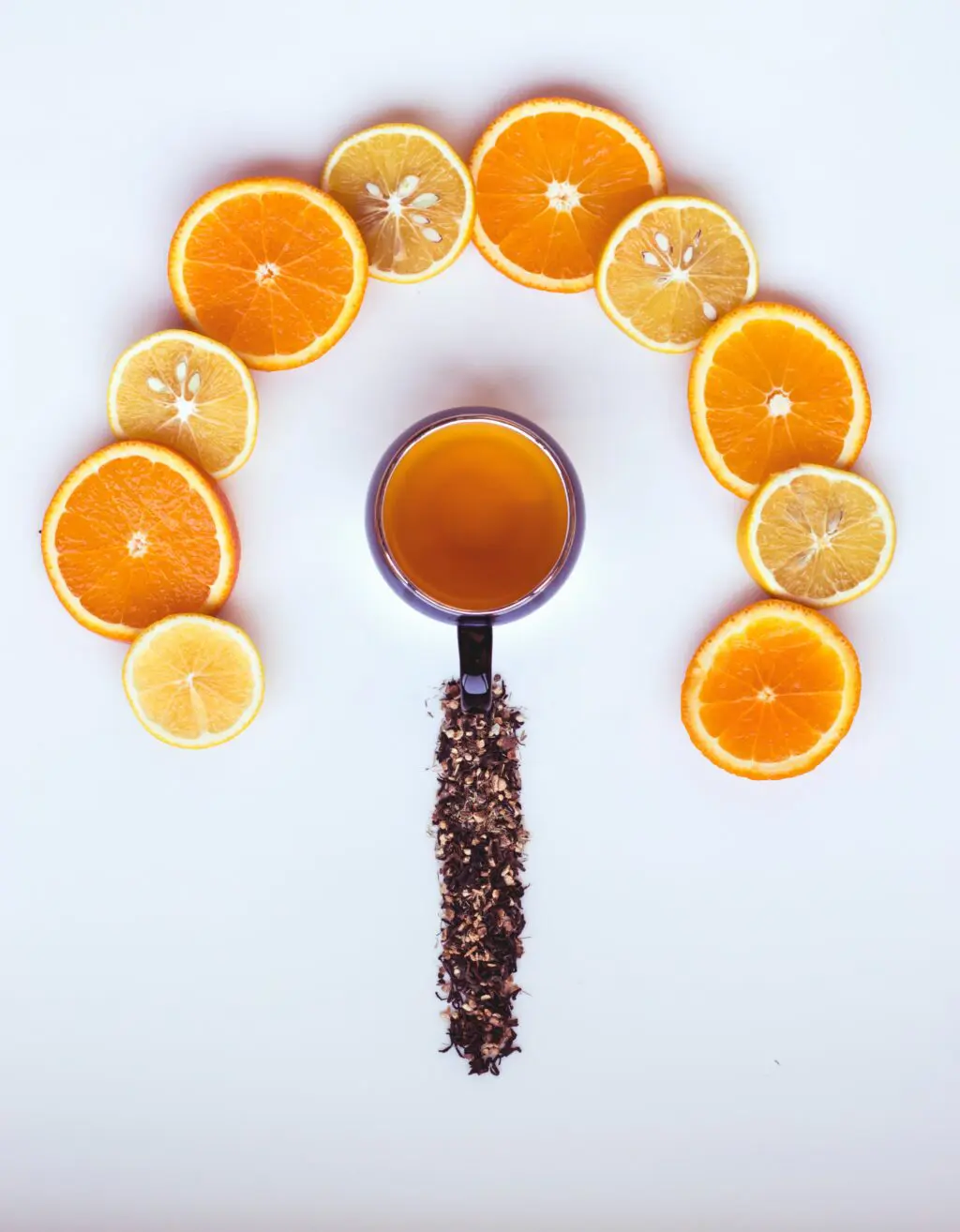
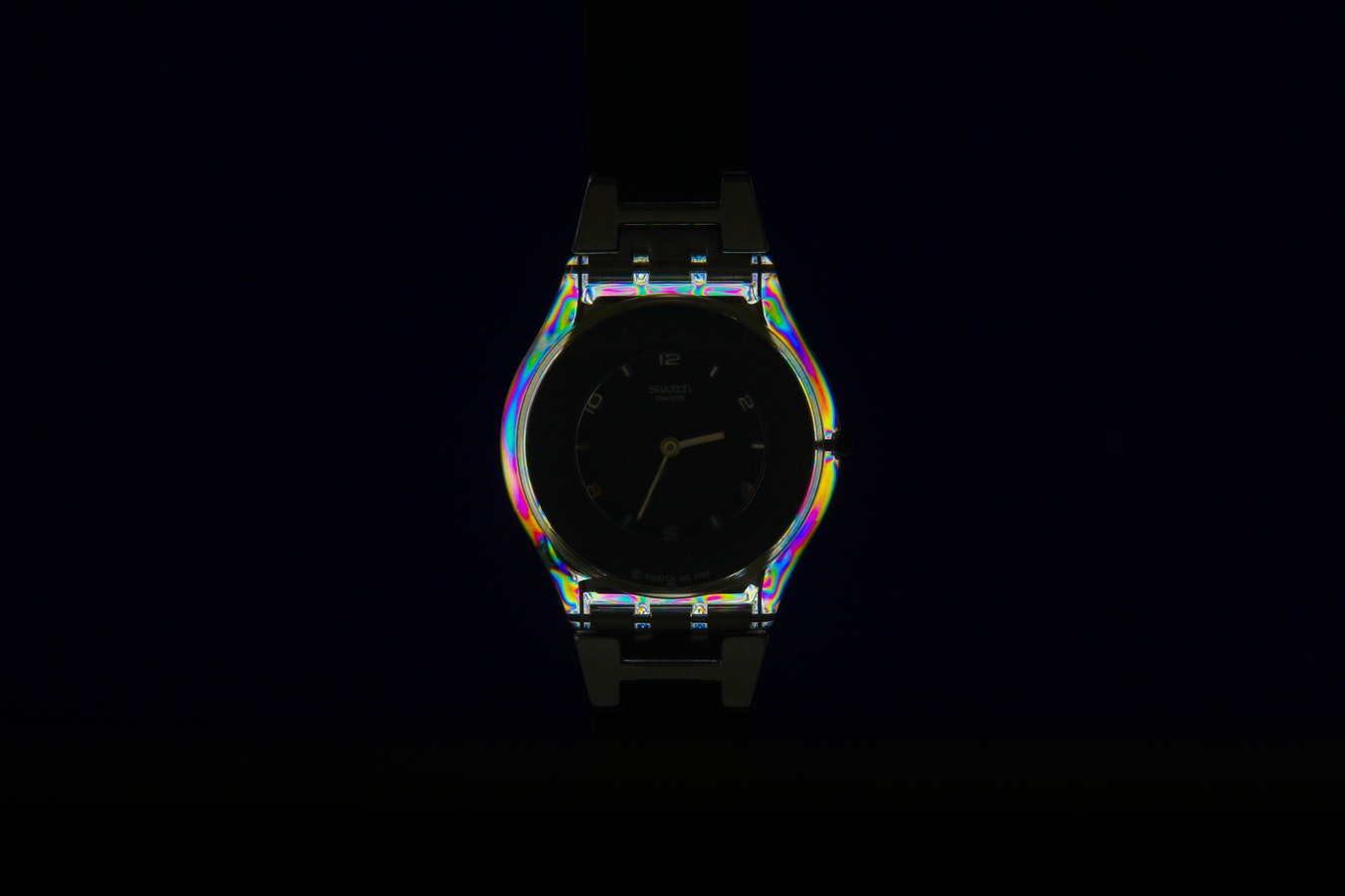
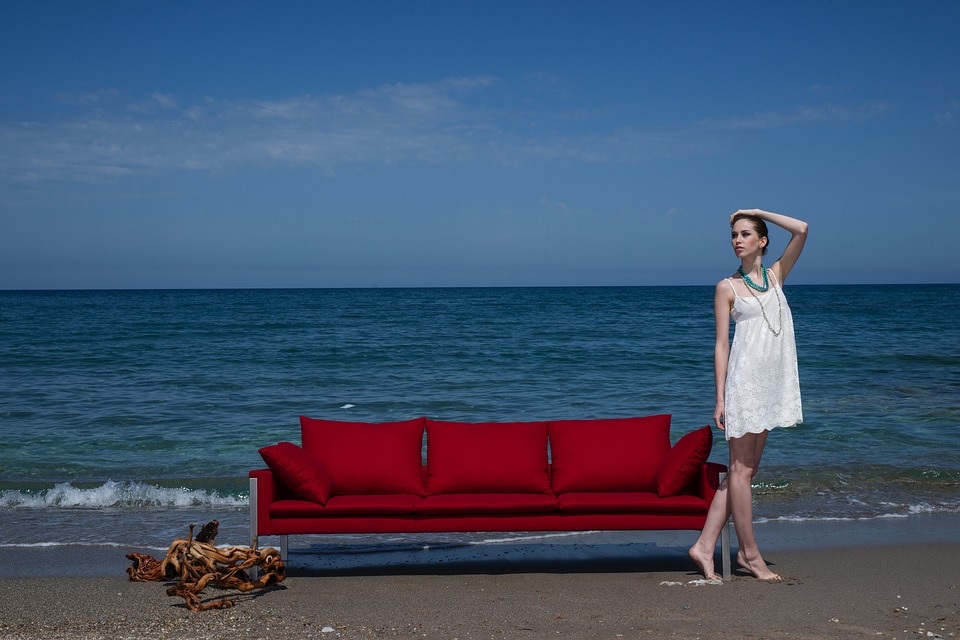

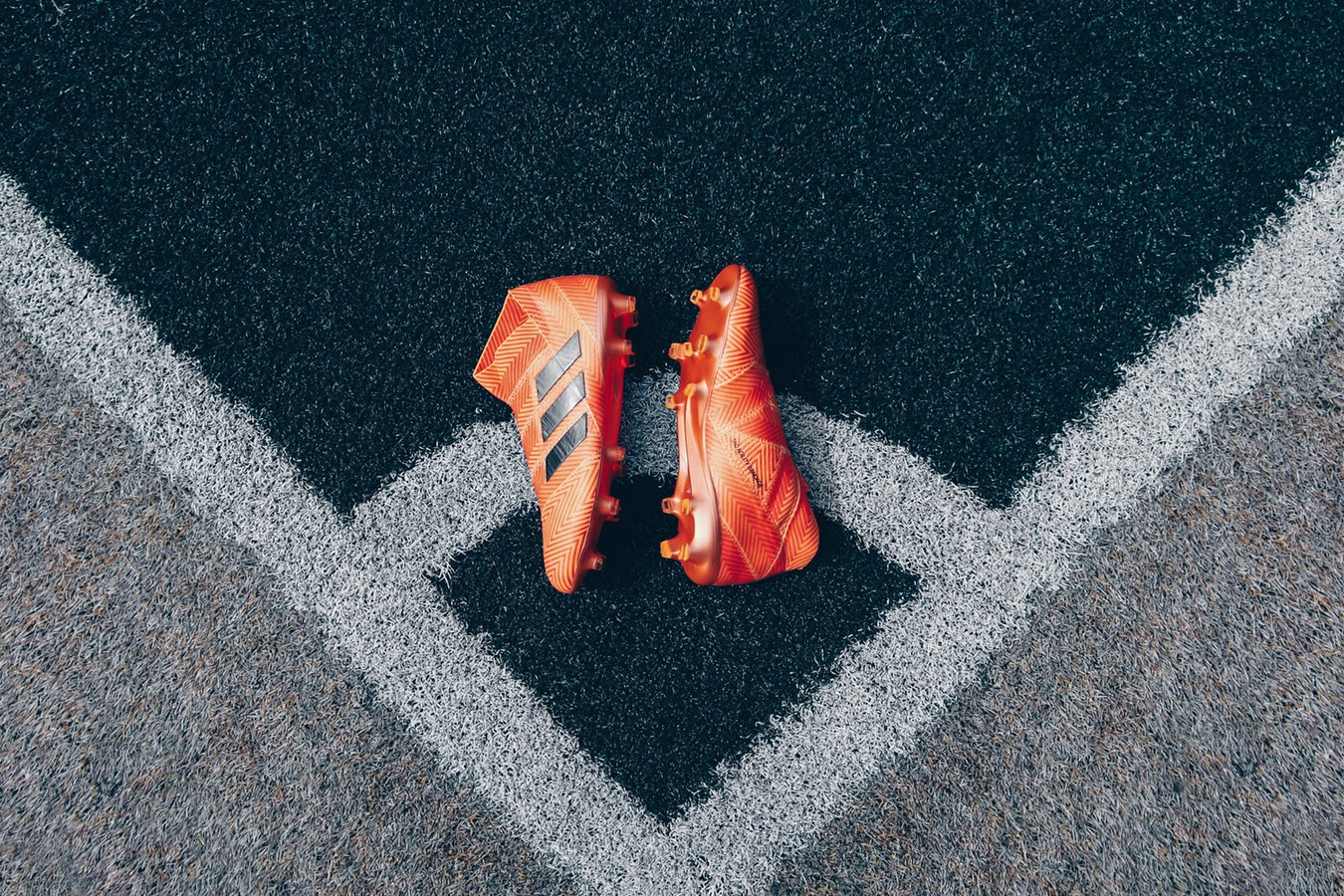
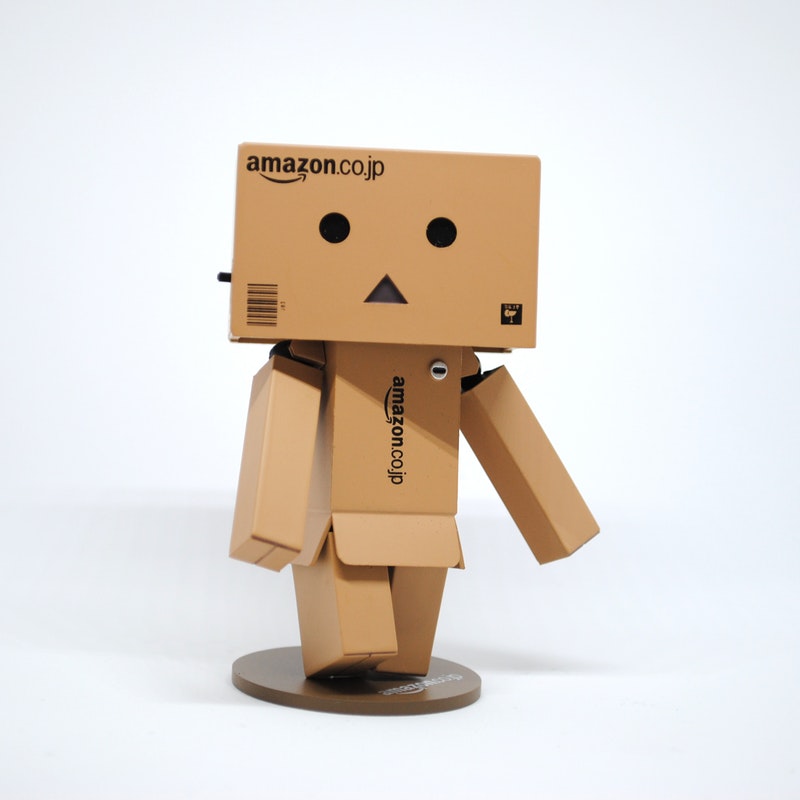
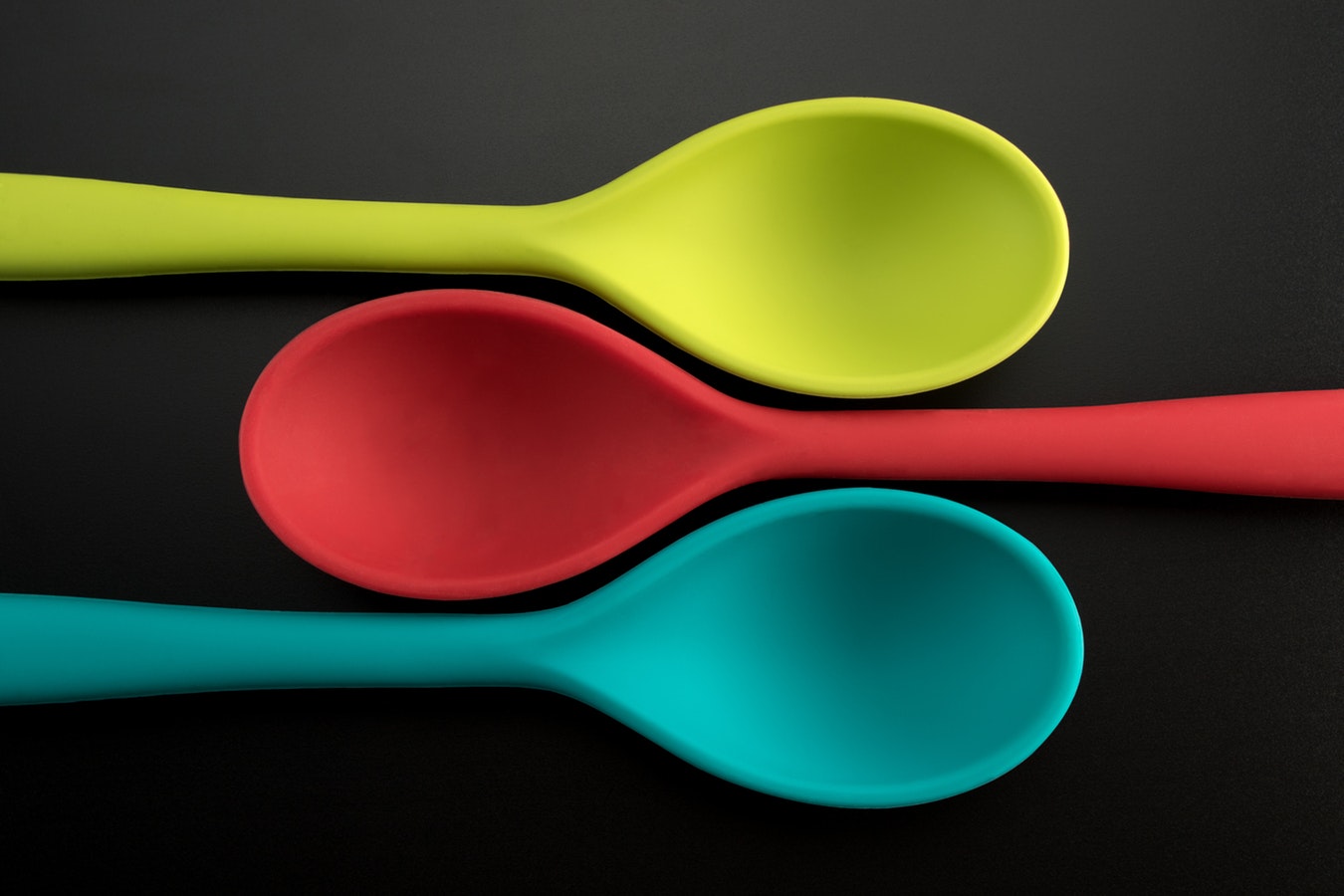
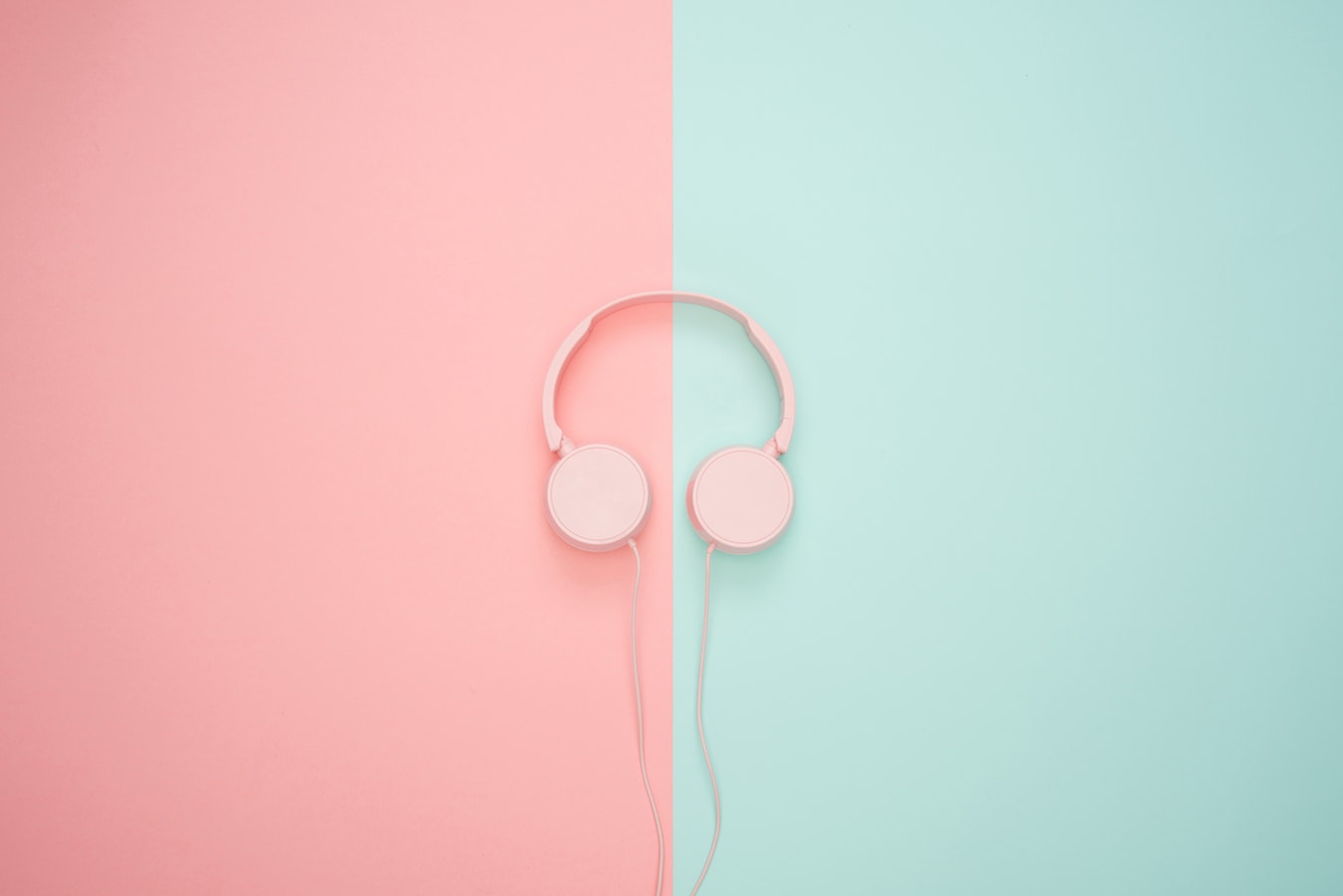
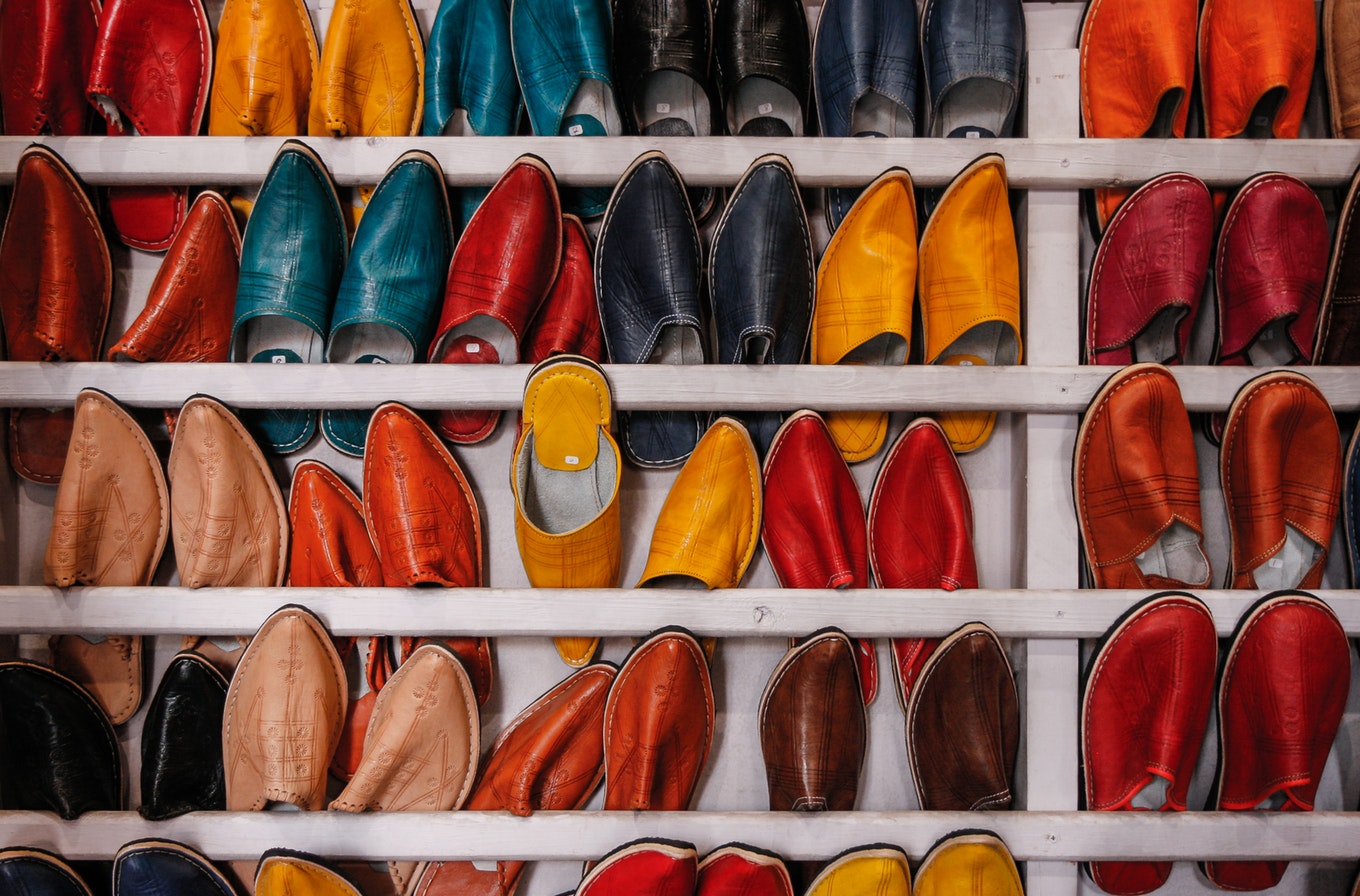

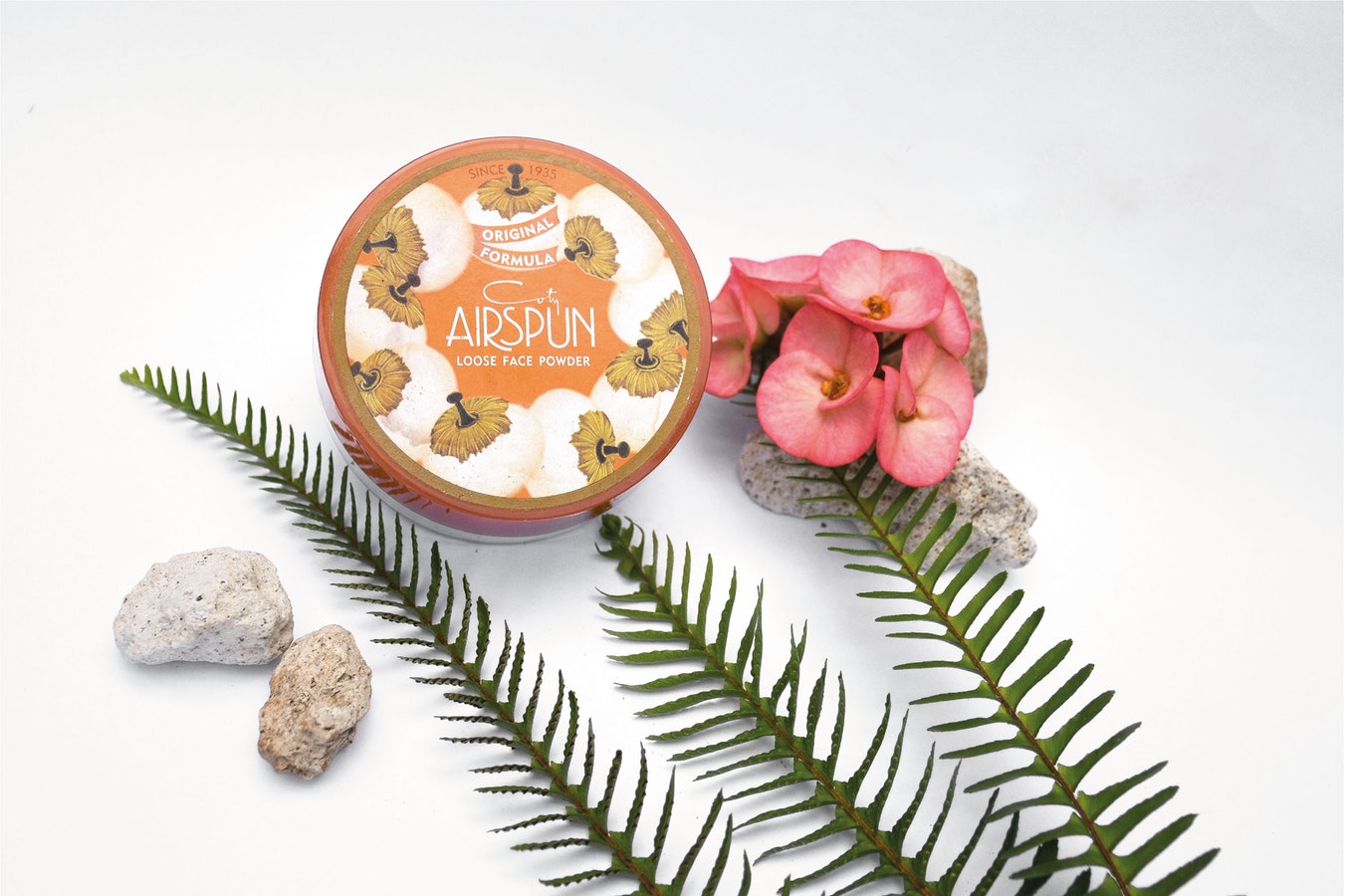

If you're running out of creative ideas for your product photography,
take a look at The Creativity Catalogue by Photzy.


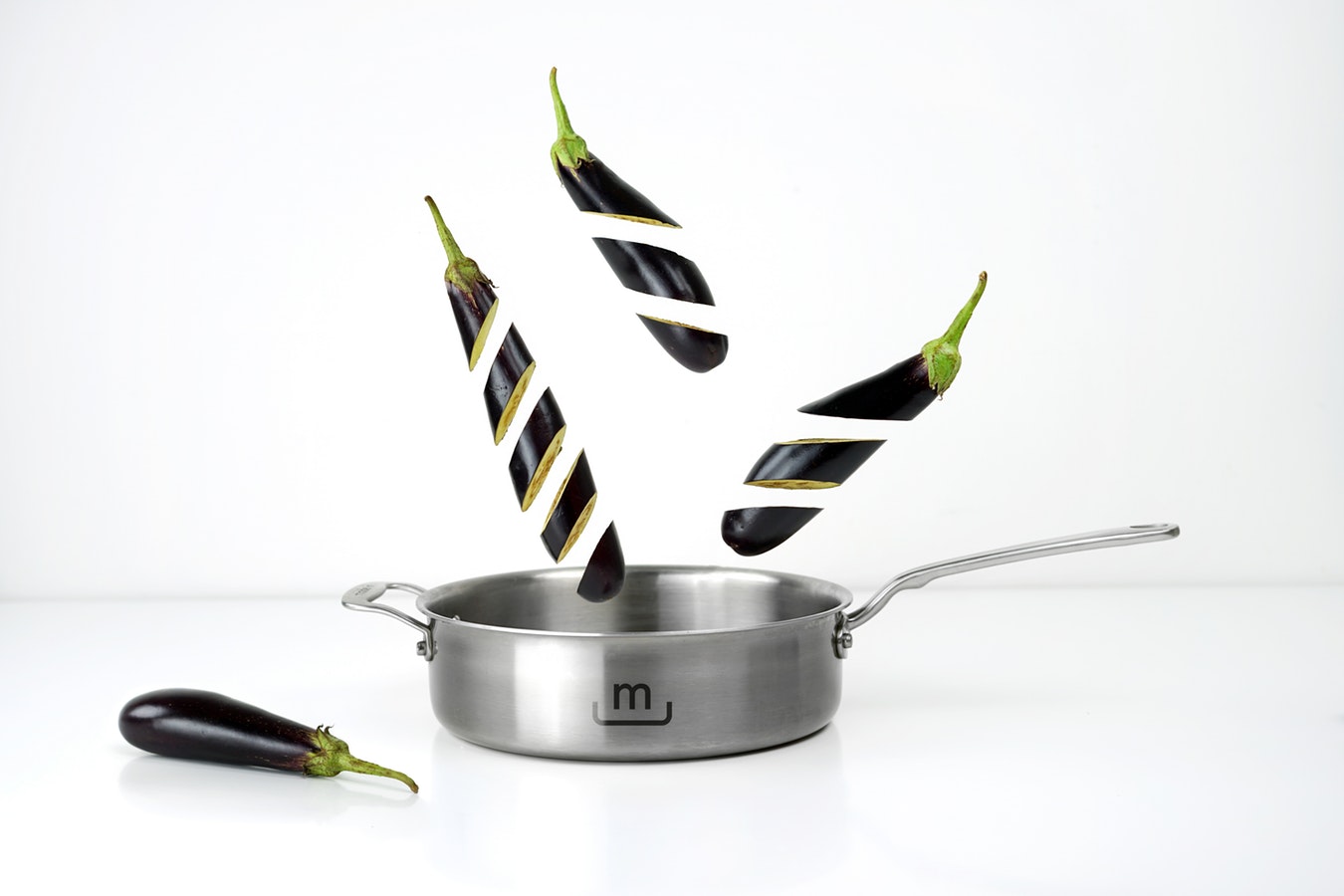

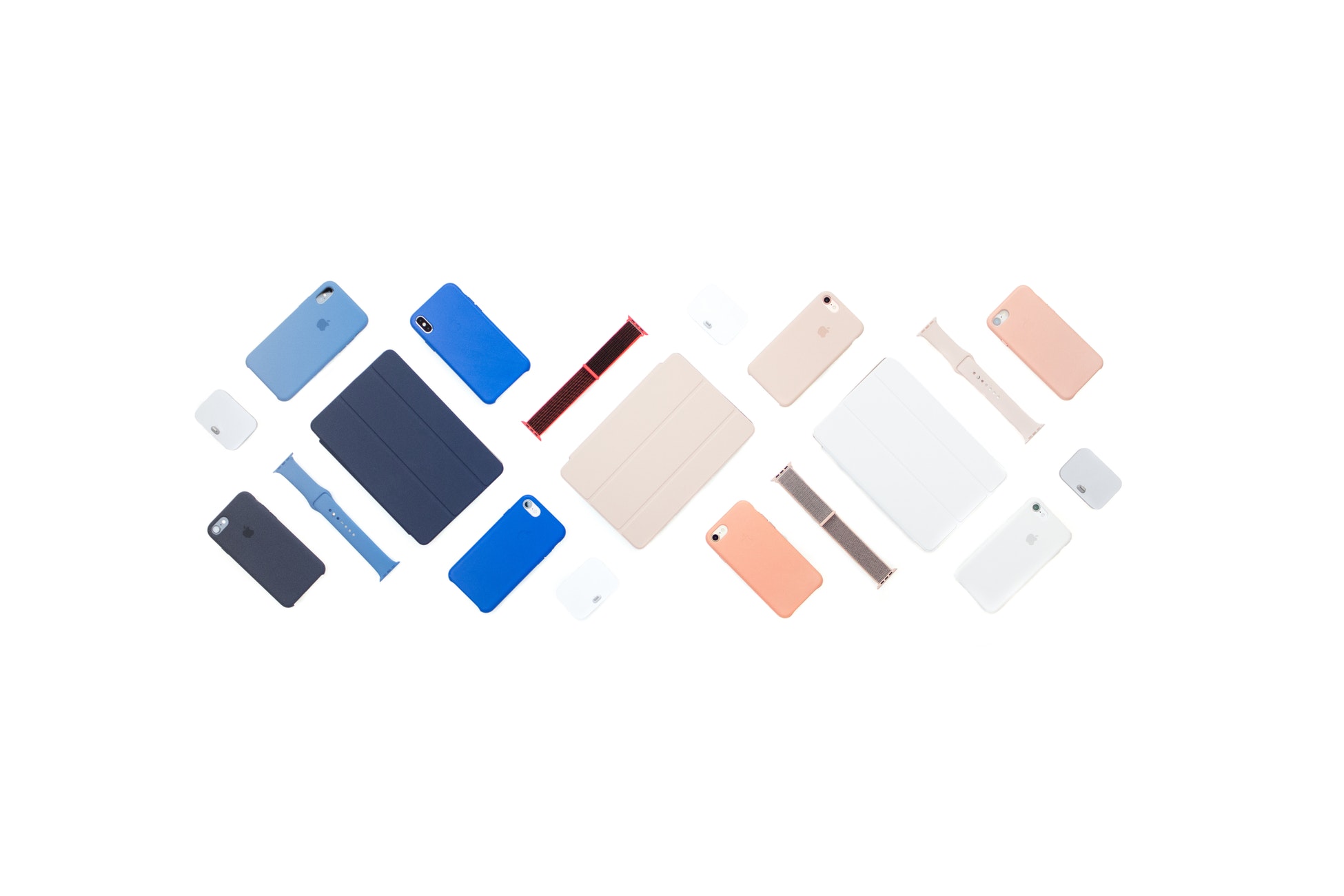
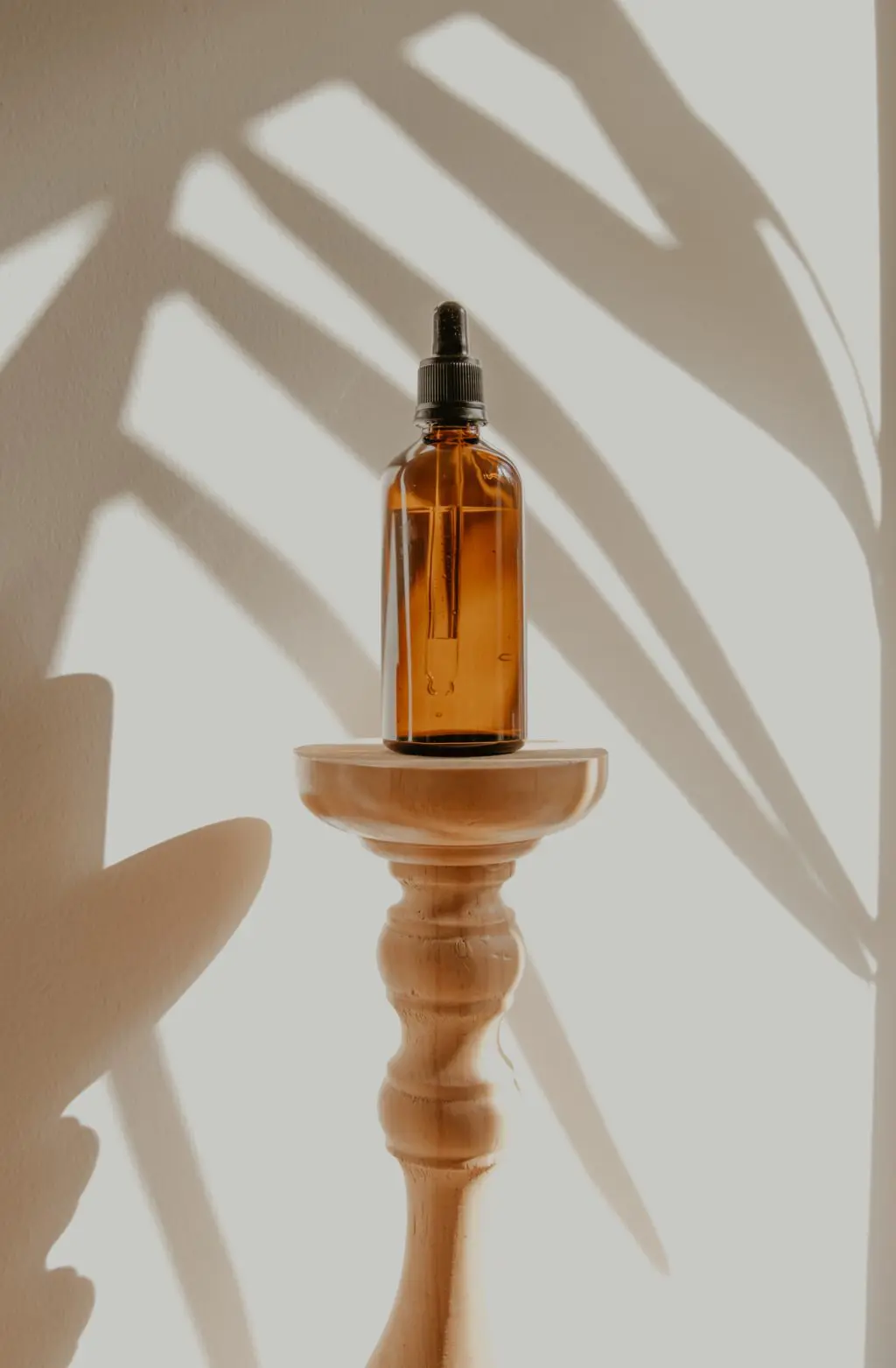
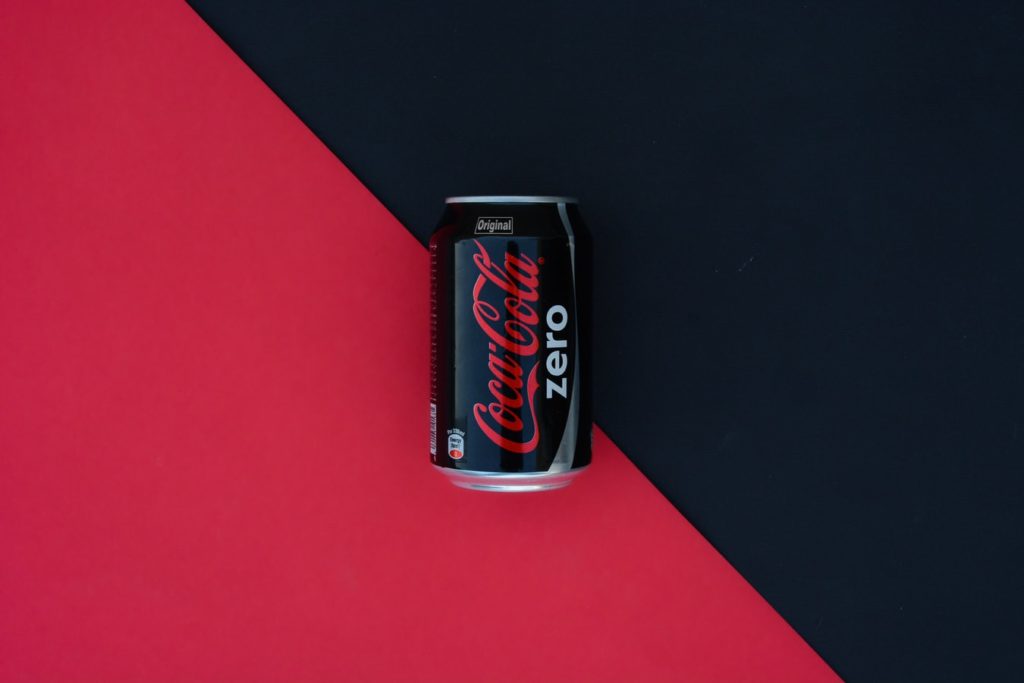
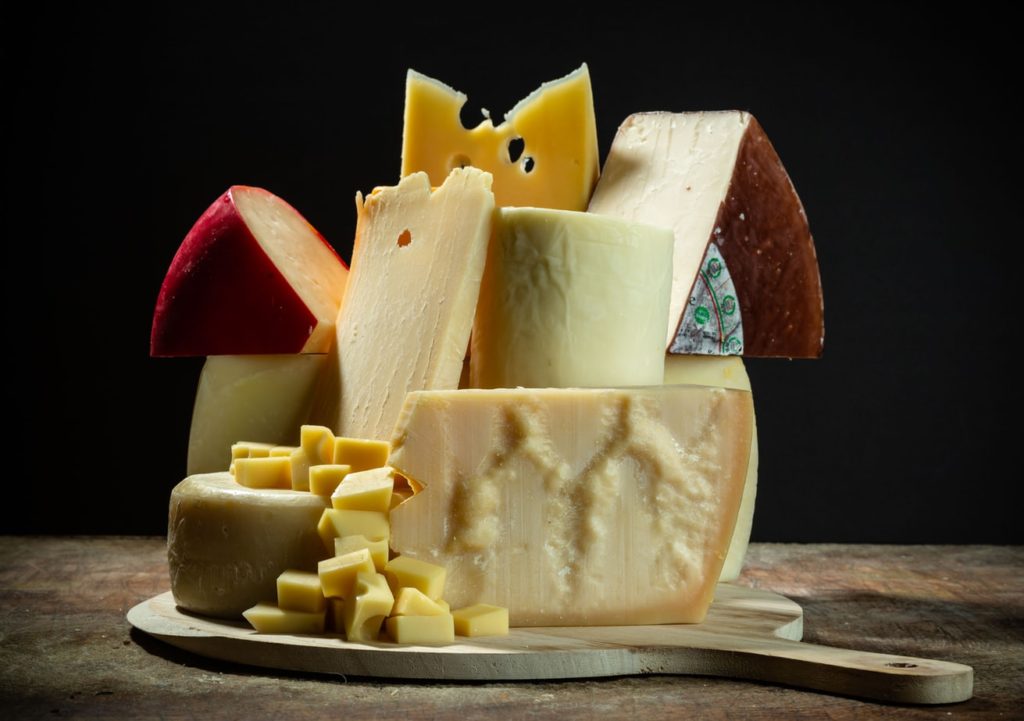
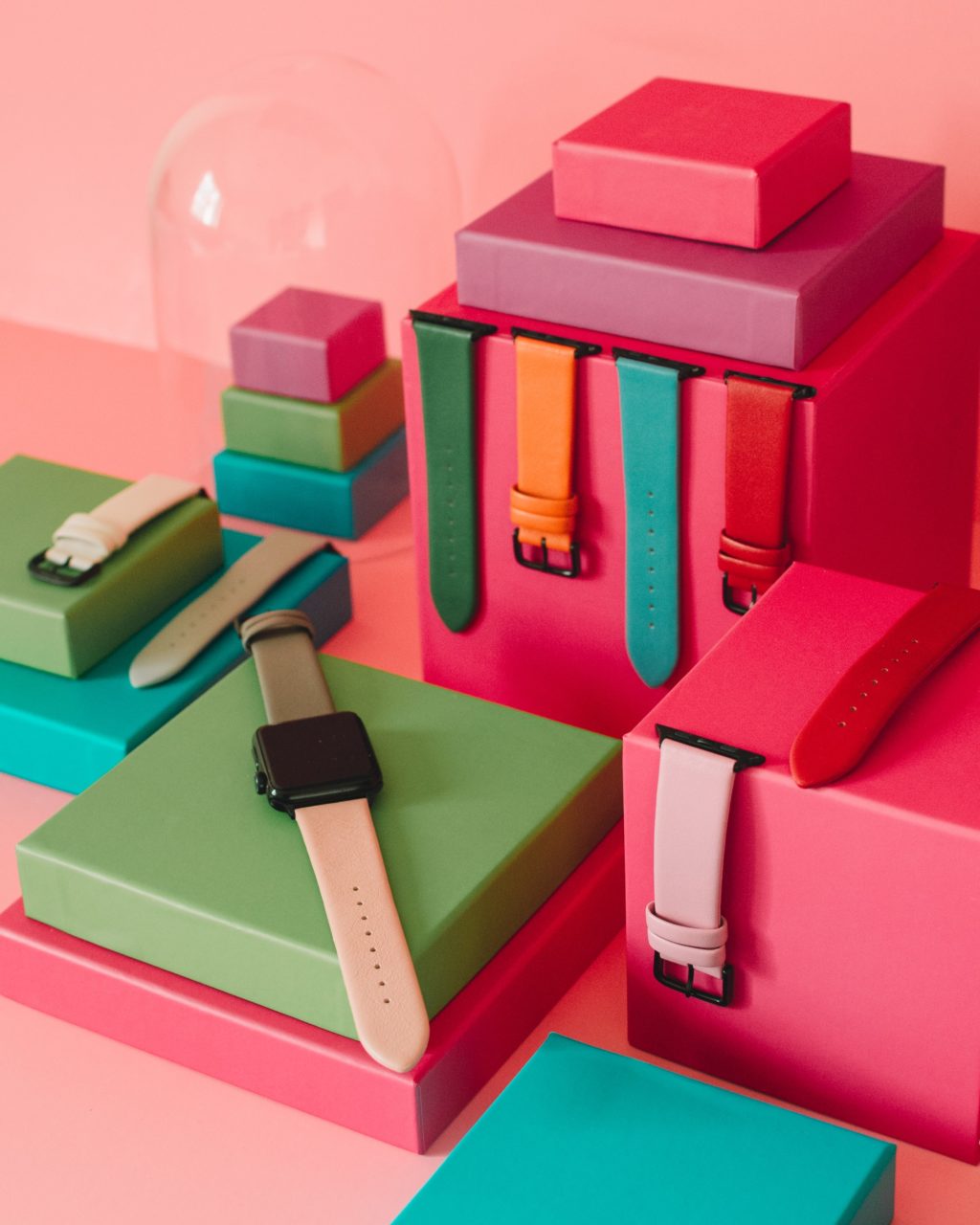
But what about something more artistic? Well, now that's a fun challenge to try! Here's another great recommendation for you, the work of Chema Madoz; the best example I've come across of surrealism being approached in photography.
Further Reading:
- Impress Your Client With These 6 Product Photography Tips And Tricks
- Photography On A Shoestring: Product And Macro
- Daily Wrap: Da Vinci On Photography, Home Product Photography & How To Get “Front Bokeh”
- An End-to-End Guide To Light Boxes For Product Photography
- What Every Beginner Needs To Know About Product Photography



